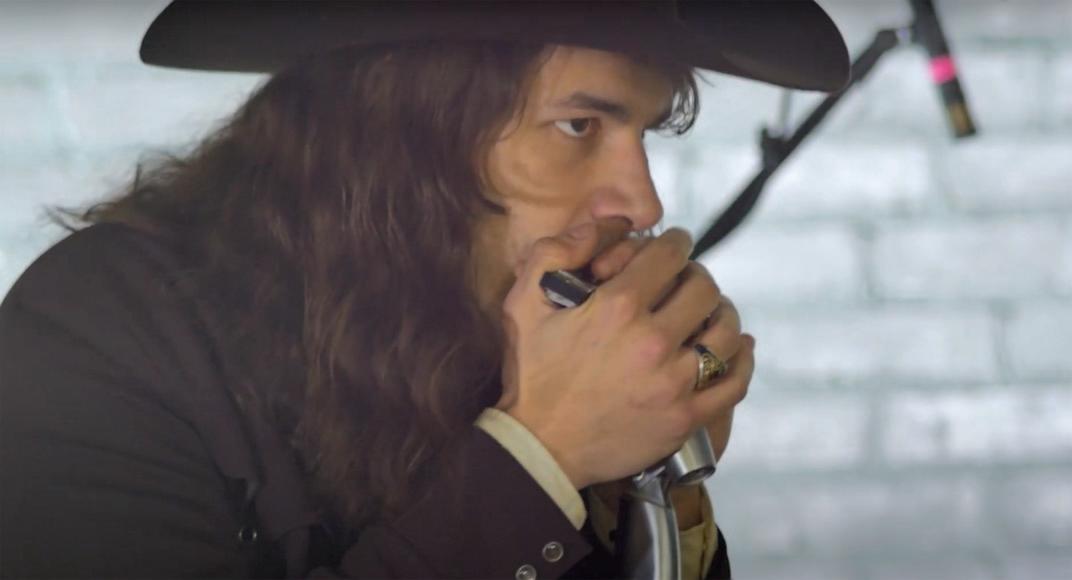47
G W uest
riter...
The History and Power of Chocolate BY: Crystal Cobert-Giddens Conversation hearts, bon-bons and heart-shaped boxes of chocolates—these are the symbols of Valentine’s Day for most people around the world. The origin of Valentine’s Day goes all the way back to Roman times, but giving chocolate as a “sweets to the sweet” happened slowly over time. Cacao was first developed as a crop in many ancient South American cultures. Researchers have found evidence of cacao based foods and drinks dating back thousands of years. The cacao bean was so important to those cultures, that it was used as currency in trade, given to warriors as a post battle reward and served during royal feasts. When the Spaniards arrived in the new world, they quickly discovered the value of the local cacao crops and added their own ingredients: sugar and spices. Chocolate drinks became wildly popular amongst the Spanish, who kept their production method from the Europeans for almost 100 years. When the Europeans finally got a taste of this drink, its popularity spread like wildfire. The French and the English reserved it for royalty. Special chocolate houses started popping up and would serve the drink to the social elite. The upper class hailed “hot chocolate” as delicious and healthy and it quickly gained a reputation as being an “aphrodisiac.” But how did cacao become part of St. Valentine’s Day? The first mention of St. Valentine’s Day appeared in the writings of Chaucer in 1382. Kings and Ladies became obsessed with illicit, courtly love. Knights would give roses to their maidens and celebrate their beauty in song. However, sugar was still a precious commodity in Europe, and chocolate as we know it, was not available. By the mid 1800’s, the idea of Valentine’s Day as a holiday to celebrate romantic love had taken over most of the English-speaking world. It was Cupid’s golden age: Victorians still adored the notion of courtly love and showered each other with elaborate cards and gifts. Cadbury was established in 1824, by John Cadbury, a Quaker who sold tea, coffee and drinking chocolate. Richard Cadbury, John’s son, found a way to improve their chocolate making technique so as to extract pure cocoa butter from whole beans, producing a more palatable drinking chocolate. This process resulted in an excess amount of cocoa butter, which Richard decided to use to produce new varieties of what was then called “eating chocolate.” Richard needed a way to sell his new, aphrodisiac inducing chocolates, and he soon recognized a great marketing opportunity based on the tradition of gifting those elaborate cards and mementos. He designed and started selling his “solid” chocolates in beautifully decorated boxes. Cadbury marketed the boxes as having a dual purpose: When the chocolates had all been eaten, the box itself was so pretty that it could be used again and became a way to store mementos, from locks of hair, dried roses and love letters. The boxes grew increasingly elaborate until the outbreak of World War II, when sugar was rationed and Valentine’s Day celebrations became “basic”. Victorian-era Cadbury boxes still exist, and many are treasured family heirlooms or valuable items prized by collectors. Crystal Cobert-Giddens FACES of Saratoga, 489 Broadway, Saratoga Springs, NY www.facesofsaratoga.com
CACAO Food of the Gods In 1753, Carl von Linnaeus, a Swedish scientist, thought that cacao was such an important find, that he named the genus and species of this tree: Theobroma Cacao, which literally means “Cacao, the Food of the Gods.” Theobromine is an effective anti-bacterial substance that is naturally found in cacao. Cacao also has the ability to widen blood vessels and improve circulation, while it lowers your blood pressure. Cacao is considered by many cultures to be a relaxing, soothing longevity medicine and is widely touted as a sleep remedy. Cacao contains the highest concentration of antioxidants of any food in the world. These anti-oxidants contain polyphenols, catechins, and epicatechins, and by weight, cacao beans have more antioxidants than red wine, blueberries, acai, pomegranates, and goji berries COMBINED. There are over 25,200 anti-oxidants in a single teaspoon of raw cacao powder! Anandamide, a neurotransmitter, also known as The Bliss Chemical, is produced in the brain and has been found naturally in raw cacao. Your brain releases Anandamide when you are happy. Dutch researchers found that dark chocolate contains four times the amount of catechin antioxidants than black tea, which is reported to protect our hearts against disease and possibly cancer. ~ Chromium is an important trace mineral that helps balance blood sugar. It also plays a significant role in detoxifying the liver from alcohols which build up during the fermentation process of sugars and starches when we eat too many sugary foods. ~ Cacao contains high levels of magnesium. Magnesium fights acid buildup, neutralizes toxins, calms sensitivity to pain, quiets nerves, builds strong bones and teeth and is essential for many other functions. Over 80% of Americans are deficient in magnesium. Cacao is believed to have the highest magnesium content than any other food! ~ Zinc is found in cells throughout the body and is needed for the body’s defensive system to properly work. It plays a critical role in cell division, cell growth and wound healing. ~ Phenethylamine (PEA): is found in abundance in raw cacao beans. PEA is the adrenal-related chemical that we produce in our bodies when we fall in love. ~ Tryptophan is an essential amino acid that is transformed into important stress-protective neurotransmitters including serotonin and melatonin.




